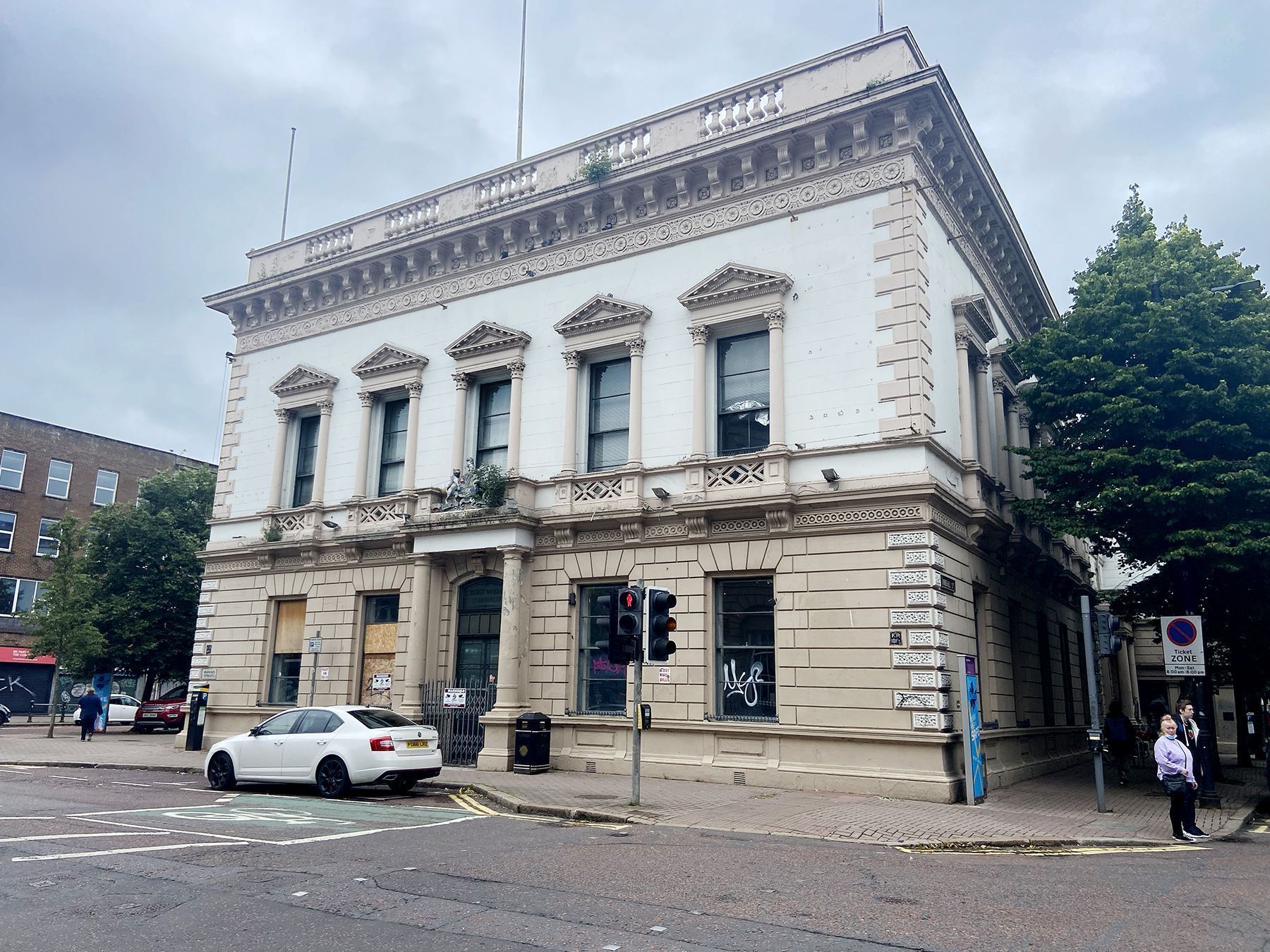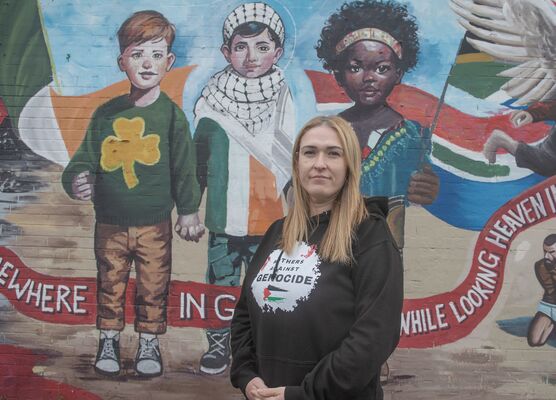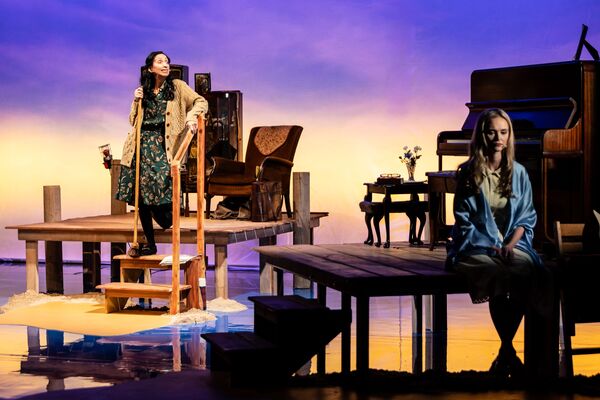A CAMPAIGN group which has led calls for the restoration of Belfast’s historic Assembly Rooms has welcomed Belfast City Council’s unanimous decision to purchase the building and neighbouring properties.
Vacant since 2000, the Assembly Rooms is a Grade B1 listed heritage building on the corner of North Street and Waring Street which dates to 1769 and is one of Belfast’s most prominent and architecturally important public buildings.
It was an important public space during Belfast's formative years and was where plans to establish a slave trading company were rejected in 1786; the site of the famous Belfast Harp Festival in 1792; and where Henry Joy McCracken was sentenced to death in 1798.
John Gray from the Assembly Rooms Alliance said the Council decision was “a vital step on the road to the restoration of the building and securing its future as a multi-faceted cultural icon” for the citizens of Belfast and visitors alike.
“We appreciate the challenges that the Council faced in coming to this decision in what are straightened financial times,” he said.
“It is immediately further good news that the Council, once it has taken possession of the building, will take steps to ensure that the building is properly secured, and will take interim remedial measures to prevent further deterioration of the fabric.
“The Council will undertake an options appraisal to determine the future use of the building, though we understand that their welcome intention is that it should be used exclusively for public and cultural purposes.
“In this context the Alliance has already made public its preferred options for the building,” he added.
“The magnificent banking hall with an audience capacity of up to 250 can fulfil the original enlightenment role of the building as a multi-cultural venue for concerts, conferences, exhibitions, and theatre. Its limited use in this way between 2000 and 2012 demonstrated this potential.”
John Gray said that there should be a space to explore Belfast’s enlightenment period during the 1790s, including the role of the United Irishmen.
Another of the preferred options of the Assembly Rooms Alliance, he said, was the proposed Museum of the Troubles and Peace at the Assembly Rooms which will occupy much of the rest of the building.
“This will make use of the latest technology to explore all our experiences ‘without fear or favour’. The proposed siting of the Museum at the Assembly Rooms has the advantage that this is a central and neutral location. The objectives are to explore the period of the Troubles from a variety of viewpoints – there is no single narrative – and to celebrate the Irish peace process.
“We are aware that there may be other proposals for the use of the building. We recognise that it is up to councillors to determine the appropriate process for going forward and to determine the outcome. We do believe that the planned options appraisal should provide for public scrutiny of all proposals rather than being one conducted simply behind closed doors.”







